Features to consider while choosing vibrato pedal
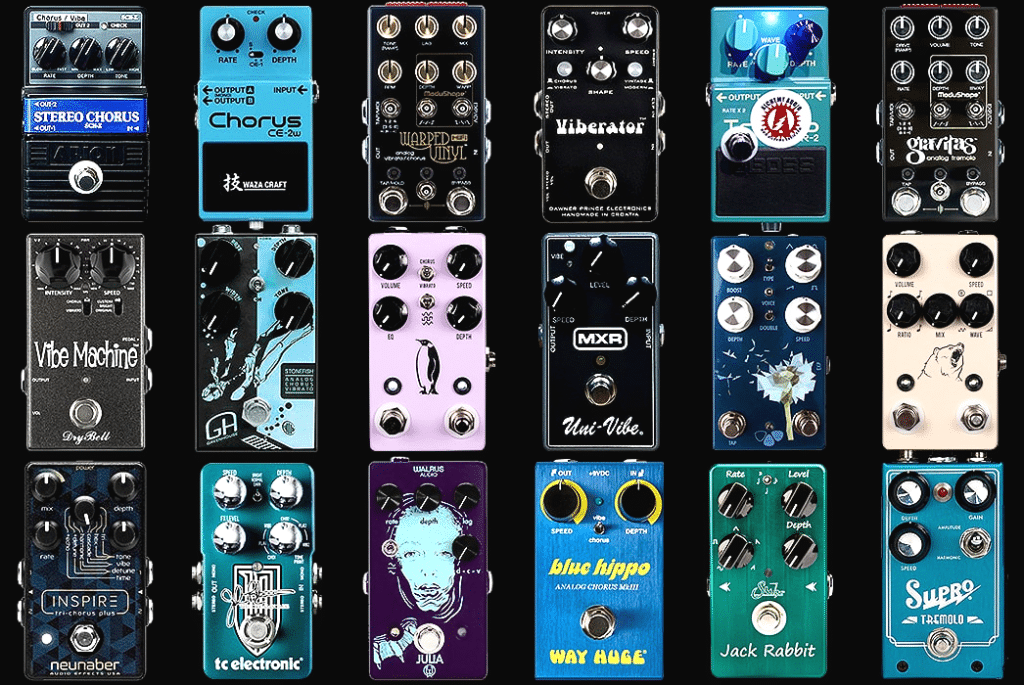 Not all vibrato pedals are created equal, and that’s not necessarily a bad thing. There are a lot of options to consider when choosing the right vibrato pedal. Here are some of the main features you should know about before you make your decision.
Not all vibrato pedals are created equal, and that’s not necessarily a bad thing. There are a lot of options to consider when choosing the right vibrato pedal. Here are some of the main features you should know about before you make your decision.
Sound quality
To choose a pedal with good sound quality, you first have to understand a little bit about how these pedals work. This is actually a pretty complicated process, but here’s a simple explanation. The pedal receives an input signal from the guitar and sends it through the circuitry where the magic happens, and the effects are added before the signal is sent to the output.
You’ll see that some of our picks, like the Kokko Acoustic Guitar Effect Pedal (FVB2), have what’s called true bypass. This basically means that the part of the circuitry inside the pedal that adds the vibrato effect is separate from the rest so you can turn it completely off and on. A true bypass can be noisy when turning it off and on so some people prefer a buffered circuit, which is quieter. Buffered circuits are also more reliable with longer cables than true bypass but tend to dirty up the input signal a bit. There are pros and cons to each so, ultimately, this boils down to personal preference.
Additional effects
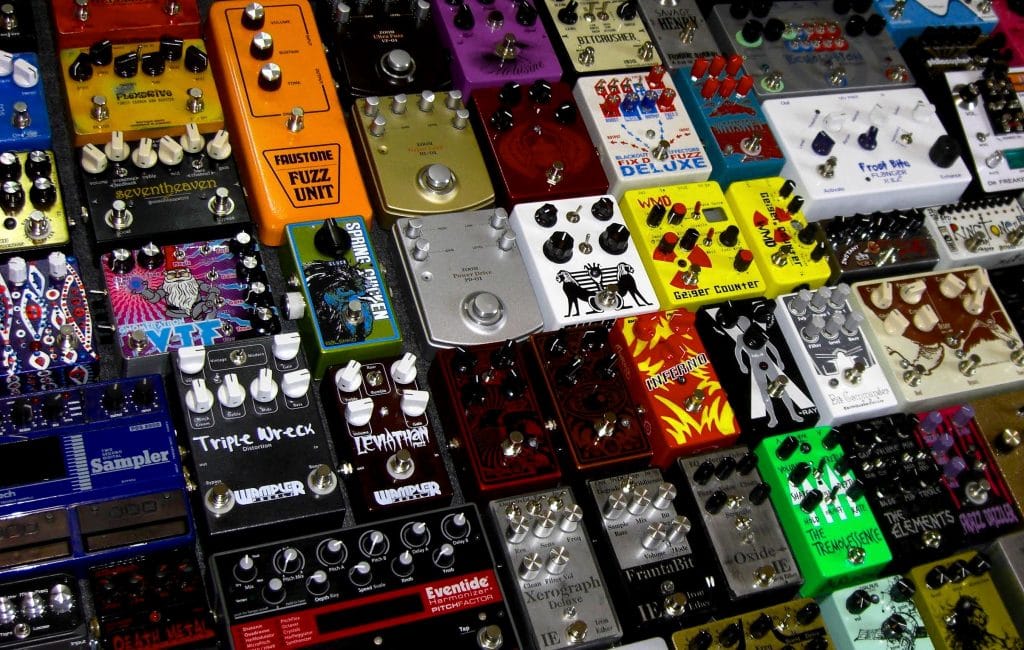 We included two pedals that offer more than one effect, the Donner Guitar Modulation Effect Pedal with seven total effects and the Sonicake Chorus Vibrato Flanger Guitar Effects Pedal, which has 11. The specific effects vary between the two, but some examples of what you’ll find are the chorus, tremolo, flanger, and even an auto-wah.
We included two pedals that offer more than one effect, the Donner Guitar Modulation Effect Pedal with seven total effects and the Sonicake Chorus Vibrato Flanger Guitar Effects Pedal, which has 11. The specific effects vary between the two, but some examples of what you’ll find are the chorus, tremolo, flanger, and even an auto-wah.
The benefit of having more than one effect is obvious, you get more than one way to manipulate your sound without having to invest in separate pedals or extra equipment. So, what’s the downside? Well, you never know how good the effects are going to sound. What are the chances that they’re all going to be great? What if you have a pedal with 11 effects and you only like the sound of, say, four of them? Some would say, yeah, that’s still worth it because you’re getting four really good effects with one pedal. Others would say it’s a waste if there are 11 effects and you only ever use four. Again, this boils down to personal preference.
Circuit type
There are two types of circuits, analog and digital. Analog signals do not have any breaks while digital signals are made up of multiple points. Here’s one way to think about it. When someone counts out loud by halves, you hear them say, “One, one and a half, two, two and a half” without interruption. It’s smooth and continuous. That’s analog. When someone counts on their fingers, whole numbers are easy, but there’s no way to clearly show halves without creating distinct and separate movements or points. It’s a little disjointed. That’s digital.
Analog circuits, like the Boss VB-2W Waza Craft Vibrato Pedal, react to subtle changes better and create a more natural sound than digital. Analog circuits are generally considered better, but that doesn’t mean digital circuits don’t have a lot to offer. It just depends what kind of sound you’re looking for. Digital signals are great for sampling and presets, and some people just like the sound.
Dimensions
When choosing a pedal, think about where you’re going to put it while you play. Do you have a pedalboard? Is it going to go on the floor in front of you? Dimensions don’t really have anything to do with how the pedal sounds or performs, but they are important physically using the pedal. Make sure it’s the right size for your setup and, to some extent, your feet.
Price
The price tags on these pedals vary quite a bit. You can find a vibrato pedal for anywhere from $40 to $200 and everywhere in between. It’s a good idea to invest as much as you can afford. Don’t sweat it if you have to settle for one at the low end of the price range. Some of the less expensive models sound just as good, but they may not have a metal chassis or multiple effects like the more expensive options.






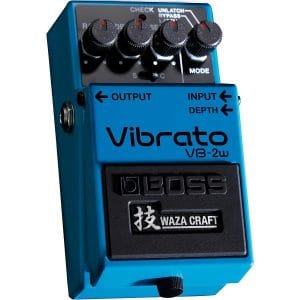
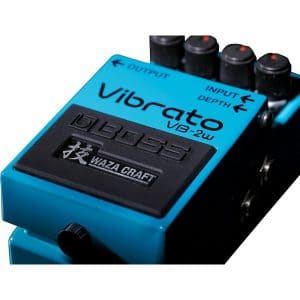

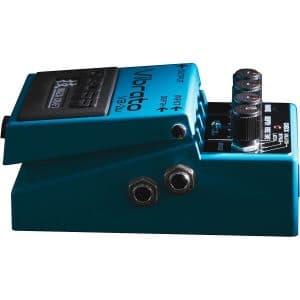
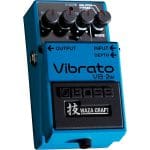
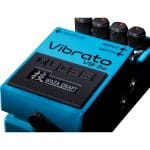
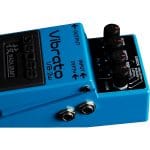
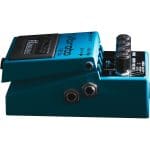
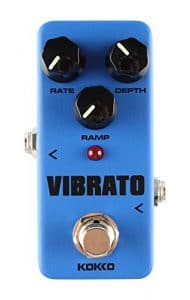

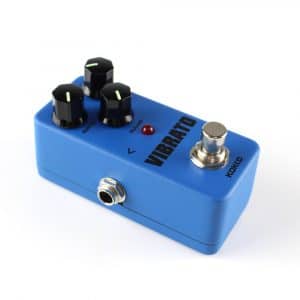
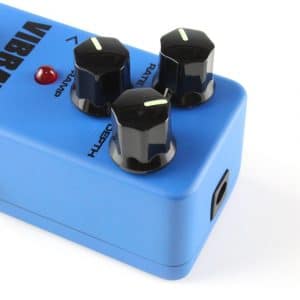
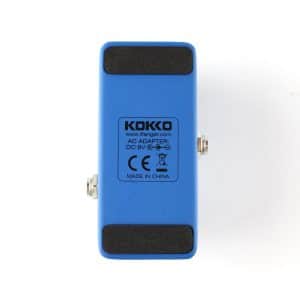
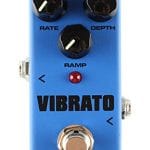
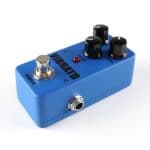
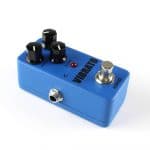
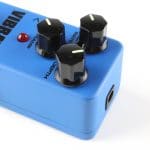
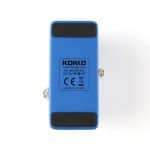
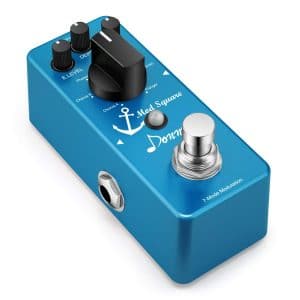
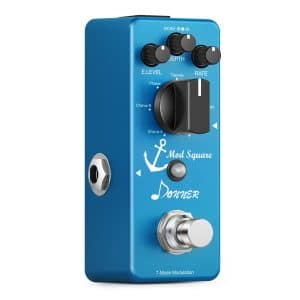
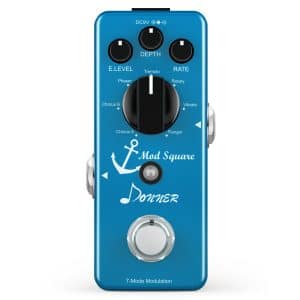
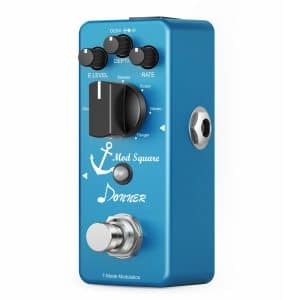
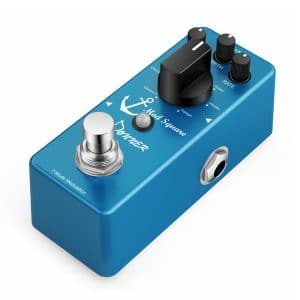

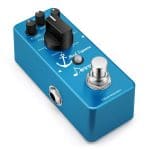
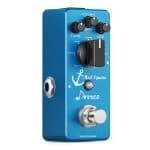
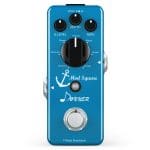
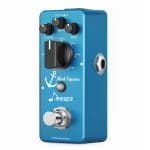
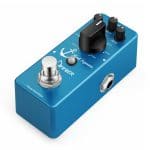
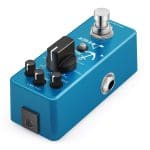
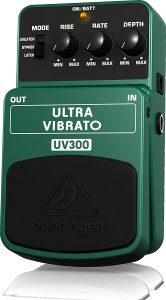

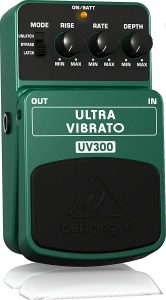
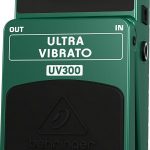
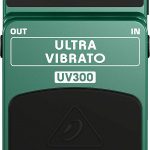
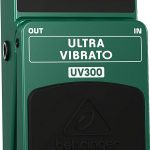
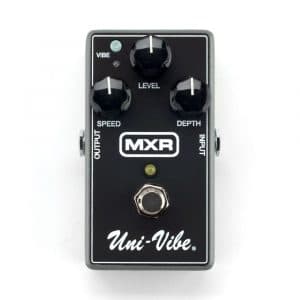
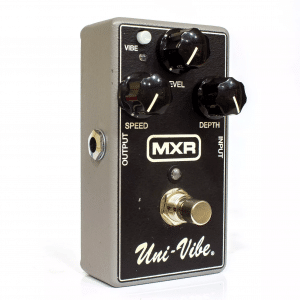
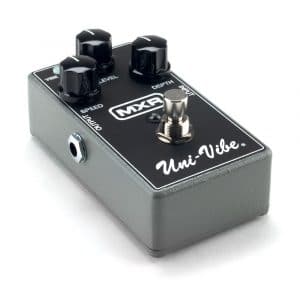
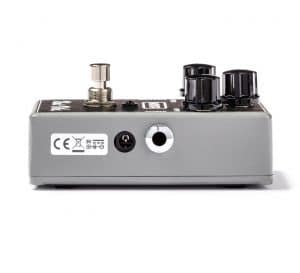
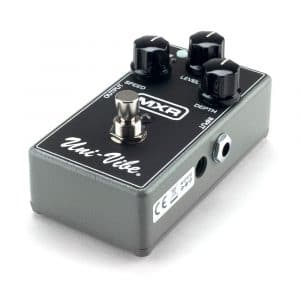

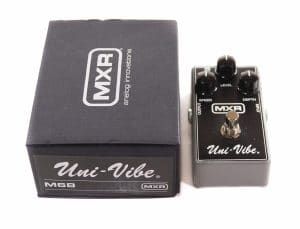
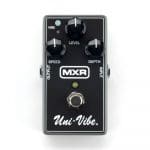
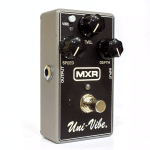

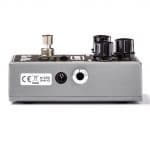
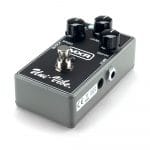
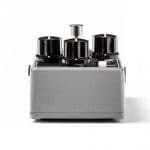
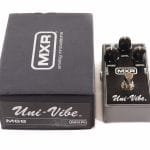
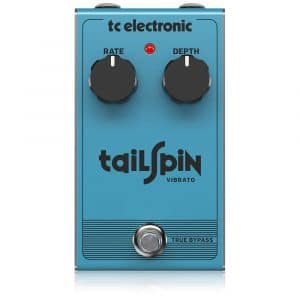
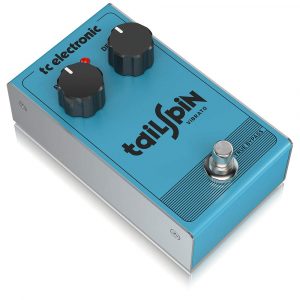

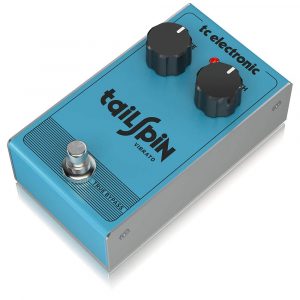
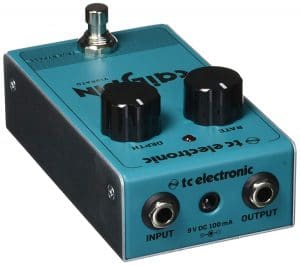
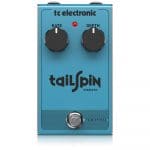
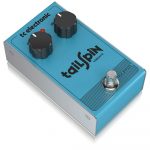

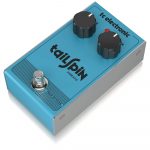
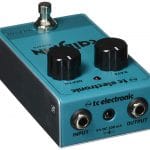
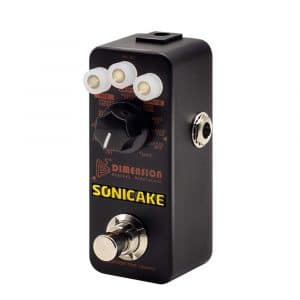
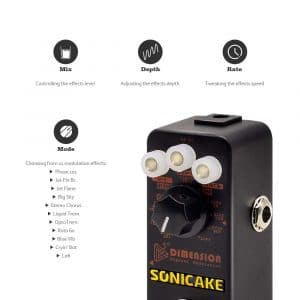
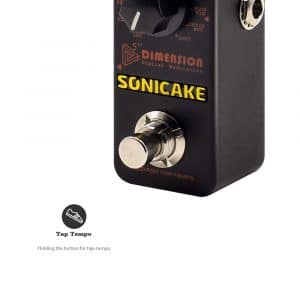
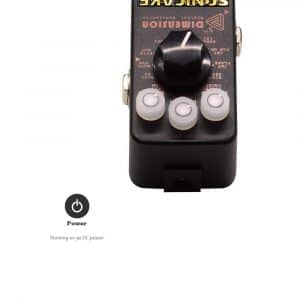
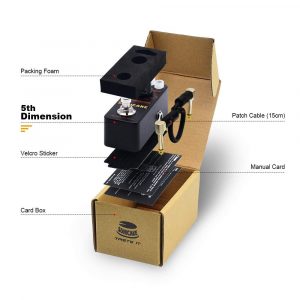
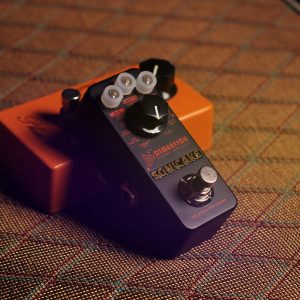


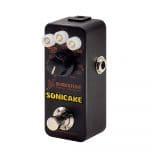
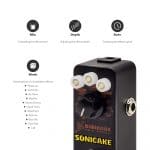
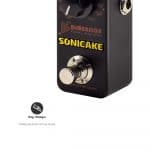
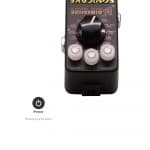
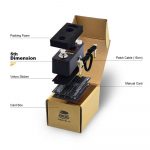
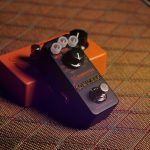
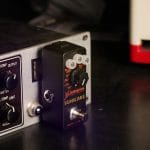

 Not all vibrato pedals are created equal, and that’s not necessarily a bad thing. There are a lot of options to consider when choosing the right vibrato pedal. Here are some of the main features you should know about before you make your decision.
Not all vibrato pedals are created equal, and that’s not necessarily a bad thing. There are a lot of options to consider when choosing the right vibrato pedal. Here are some of the main features you should know about before you make your decision. We included two pedals that offer more than one effect, the
We included two pedals that offer more than one effect, the 




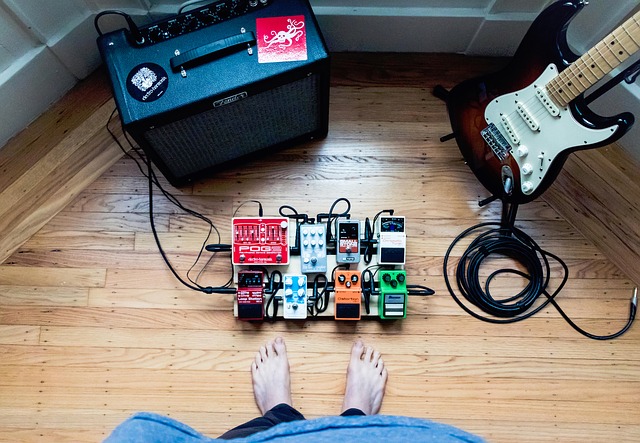




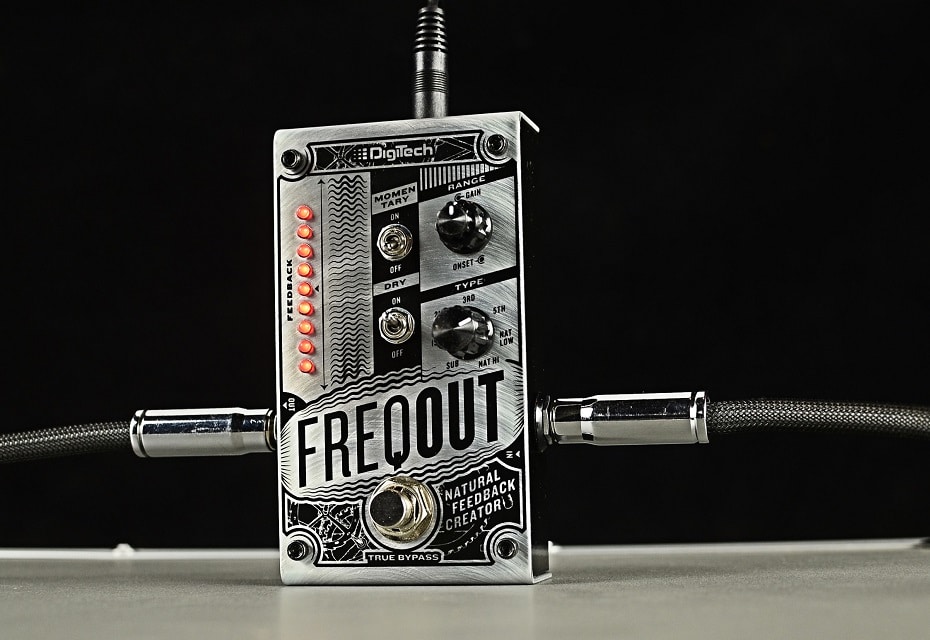
I think you guys, like most people confuse vibrato with univibe effects, some of this pedals and effects are univibes and not vibratos.. Vibrato is a pitch modulation, like using the tremolo/vibrato bar on a guitar, univibe or just vibe is a leslie simulation effect, it combines phaser or chorus with tremolo or some panning effect..
Hi there! Thank you for your comment and for sharing your knowledge about vibrato and univibe effects. You are absolutely correct in pointing out the difference between the two. Vibrato is indeed a pitch modulation effect, commonly achieved by using the tremolo/vibrato bar on a guitar. On the other hand, the univibe effect is a simulation of the famous Leslie speaker, combining elements of phaser, chorus, tremolo, and panning effects. It’s important to distinguish between the two to accurately describe the desired effect. Feel free to reach out if you have any more questions or if there’s anything else I can assist you with. Happy playing!